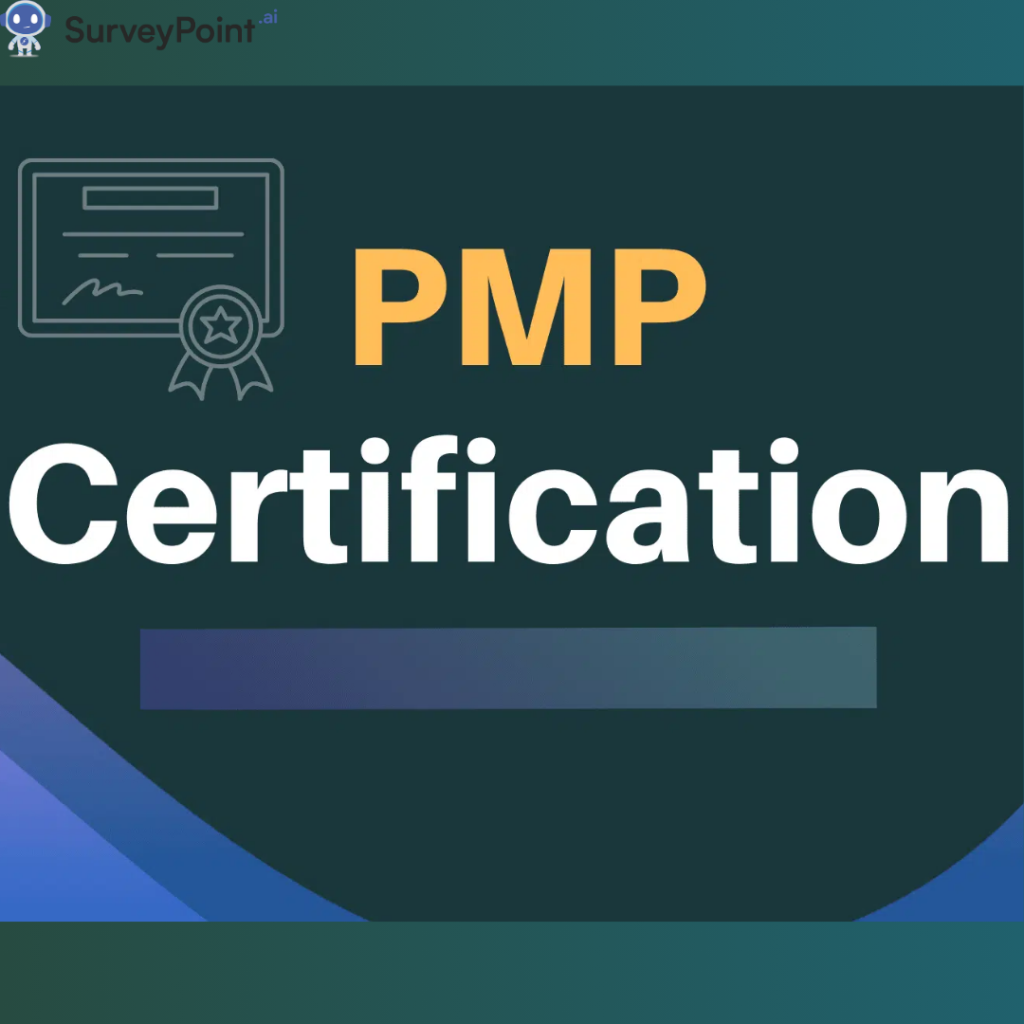
In the dynamic landscape of business strategy and consumer engagement, two terms often surface prominently: market research and consumer insights. While they may appear similar at first glance, they serve distinct purposes and play crucial roles in shaping organizational decisions and strategies. This blog aims to delve deep into these concepts, exploring their definitions, methodologies, applications, and how they contribute to the overall success of businesses.
What is Market Research?
Market Research involves systematic gathering, recording, and analyzing of data about customers, competitors, and the market. Its primary goal is to understand the market environment in which a product or service operates. Market research typically focuses on:
- Market Size and Growth: Estimating the size of the target market and its growth potential.
- Competitive Analysis: Identifying key competitors, their strengths, weaknesses, and market positioning.
- Customer Preferences and Behavior: Understanding what drives consumer choices, their buying habits, and their responses to different marketing stimuli.
- Trends and Opportunities: Monitoring industry trends, technological advancements, and emerging opportunities that could impact the market.
Methodologies in Market Research
Market Research employs various methodologies, including:
- Surveys and Questionnaires: Gathering quantitative data through structured questions.
- Focus Groups: Qualitative insights obtained through group discussions.
- Interviews: One-on-one sessions to delve deeper into individual perspectives.
- Data Analysis: Statistical tools to interpret and draw conclusions from collected data.
- Competitive Analysis: Studying competitors through secondary research and comparative analysis.
Applications of Market Research
- Product Development: Informing the creation and enhancement of products or services.
- Marketing Strategy: Tailoring marketing campaigns based on consumer insights.
- Market Entry: Assessing feasibility and strategies for entering new markets.
- Risk Management: Identifying potential risks and mitigating strategies.
What are Consumer Insights?
Consumer Insights, on the other hand, focus on understanding consumer behavior, motivations, and preferences on a deeper, more emotional level. It aims to uncover the “why” behind consumer actions rather than just the “what.” Key aspects of consumer insights include:
- Psychological Motivations: Exploring emotional triggers and decision-making processes.
- Lifestyle and Values: Understanding how personal values and lifestyle choices influence consumer behavior.
- Brand Perception: Evaluating how consumers perceive and interact with brands.
- Purchase Journey: Mapping out the entire customer journey from awareness to purchase and beyond.
Methodologies in Consumer Insights
Consumer Insights are typically gathered through:
- Ethnographic Research: Observing consumers in their natural environment to understand behavior.
- In-depth Interviews: Deep-diving into individual experiences and perspectives.
- Psychographic Segmentation: Categorizing consumers based on attitudes, beliefs, and values.
- Social Media Listening: Analyzing social media conversations to uncover sentiments and trends.
- Behavioral Analysis: Using data analytics to track and interpret consumer actions.
Applications of Consumer Insights
- Brand Strategy: Guiding brand positioning and messaging to resonate with target audiences.
- Customer Experience: Enhancing products and services to meet consumer expectations.
- Innovation: Inspiring innovation by identifying unmet needs and desires.
- Relationship Marketing: Building stronger, more meaningful relationships with consumers.
Market Research vs. Consumer Insights: Bridging the Gap
While Market Research and Consumer Insights serve distinct purposes, they are interdependent and complementary:
- Integration: Combining quantitative data from market research with qualitative insights from consumer research provides a comprehensive understanding.
- Holistic Approach: Together, they offer a 360-degree view of the market environment and consumer behavior.
- Strategic Decision Making: Informed decisions are made by leveraging insights derived from both disciplines.
Conclusion
In conclusion, Market Research and Consumer Insights are pivotal in understanding markets and consumers. By leveraging the strengths of both disciplines, businesses can formulate robust strategies that resonate deeply with consumers and drive sustainable growth. As the business landscape evolves, the synergy between these two fields will continue to play a crucial role in shaping successful businesses and delivering exceptional consumer experiences.
This blog has explored the nuances of Market Research and Consumer Insights, emphasizing their definitions, methodologies, applications, and the synergies they create. By grasping these concepts, businesses can navigate complexities with clarity and confidence, ultimately achieving their strategic objectives in a competitive marketplace.




